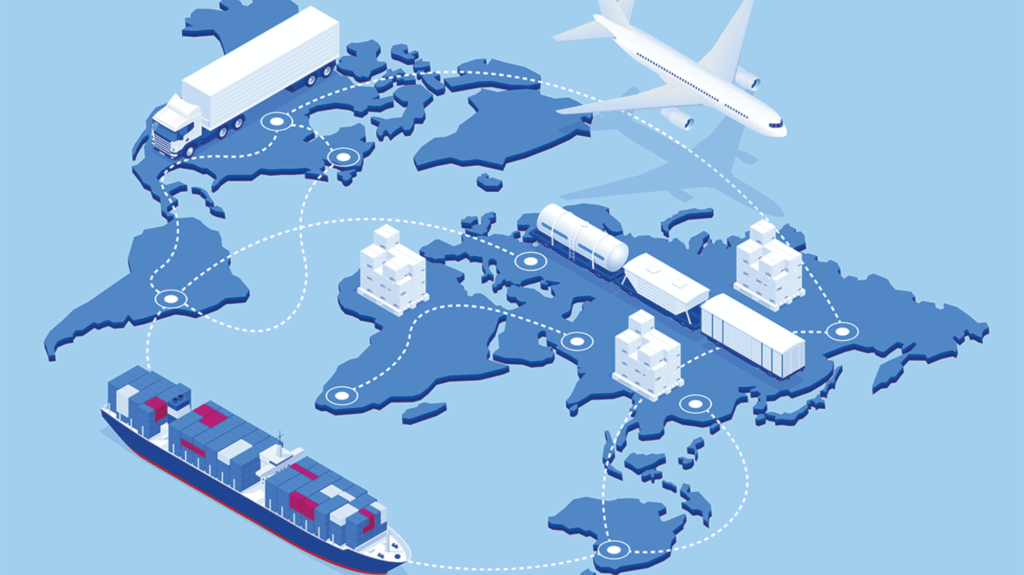Regulation in the transportation sector is a constant challenge for businesses who must adapt to an ever-changing legal landscape. This article explores the complexities of transportation regulation and the potential impacts on business operations.
A constantly changing regulatory framework
Transportation regulations are subject to frequent change due to factors such as technological advances, environmental concerns and increasing safety needs. Transportation companies must remain vigilant and adaptable to stay compliant with new laws and evolving standards.
Impact on Safety and Sustainability
Transport regulation plays a crucial role in road safety and environmental sustainability. Standards for emissions, driving hours and safety equipment directly impact business operations. Non-compliance can result in fines, penalties and, most importantly, safety risks for drivers and other road users.
Challenges for Transport Companies
Transportation companies face major challenges in adapting to constantly changing regulations. Managing costs related to technology upgrades, mandatory training and operational adjustments represents significant financial pressure. In addition, the need to maintain constant compliance requires resources dedicated to regulatory monitoring and ongoing staff training.
Adaptability as the Key to Success
In this complex regulatory landscape, adaptability becomes the key to success for transportation companies. Integrated management systems, regulatory tracking technologies and proactive training programs can help businesses stay compliant while maximizing operational efficiency. Close collaboration with regulatory authorities and industry can also facilitate understanding of impending changes and positively influence the regulatory process.
The Need for a Proactive Approach
In conclusion, transportation regulation presents substantial challenges for businesses in the sector. To successfully navigate this ever-changing environment, businesses must take a proactive approach. This includes regular monitoring of regulatory developments, investments in training and technology, and close collaboration with stakeholders. By integrating these practices, transportation companies can not only stay compliant, but also transform regulatory challenges into opportunities for innovation and sustainable growth.

